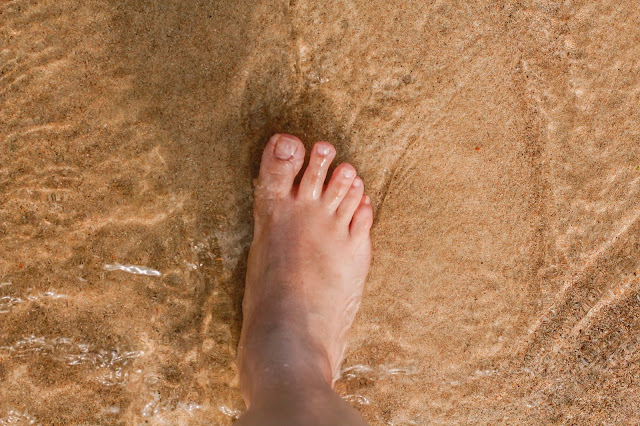Synthetic Plastics We Encounter Every Day
Plastics
have become one of society’s most important materials in the late twentieth
century. From medicine, telecommunications, transportation and even warfare,
plastics have transformed how we do things and how well we can to do them. From
the time humanity discovered how to harness fire, we have continually developed
stronger and better materials, from fabrics, wood, metals and now plastics and
synthetic polymers. These materials are paving the way to even greater
achievements.
What are synthetic plastics?
Plastics
are a classification of polymers shaped into hard and tough utility articles
through heat and pressure. These molecules are made up of long chains of
repeating units called monomers. The arrangement of these monomers determines
the plastic’s properties. Since these units can be arranged in many different
ways, plastics are one of the most adaptable materials used across industries.
Not yet convinced
of plastic’s impact on society? Here are five plastics you encounter every day
without you even knowing!
1.
Polyvinyl chloride
One of the earlier plastics, PVC was first synthesized in 1872 but was
not commercially produced until the 1920s by B.F. Goodrich Company. In Singapore, PVC plastic sheets are
widely used, mostly in the construction industry, but are also used for signs,
healthcare and clothing. PVC is cheap, dense and has very good tensile
strength, making it a very popular material when it comes to construction,
especially with water pipes.
2.
Polymethyl methacrylate
Also called “lucite” or “plexiglass”, PMMA is known for its optical
clarity—the main feature, which makes it very useful in the aeronautics
industry. Used for aircraft light fixtures and wind screens, polymethyl
methacrylate.
3.
Polypropylene
First polymerized in 1951 by Paul Hogan and Robert Banks and perfected
by Italian chemist, Giulio Natta, polypropylene is as packaging, plastic parts
for several industries, special devices and textiles. Today, it is one of the
most commonly produced plastics in the world. In Singapore, polypropylene sheets are
used as ling in acid tanks, equipment for semi-conduction and machine parts.
Because of polyroplylene’s resistance to abrasion, impact and stress, they are
perfect for such uses. Because of these traits, PVC is also the perfect
material to use as a welding
rod in Singapore.
4.
Polyethylene
Another important plastic, PE was discovered by Reginald and Eric
Fawcett of the British industrial giant Imperial Chemical Industries (ICI).
This material has evolved into two forms: low-density polyethylene and
high-density polyethylene. LDPE is used in producing films and packaging
materials, while HDPE is used for plumbing, automotive fittings, and
containers.
5.
Polytetrafluoroethylene
In trade, PTFE is known as “TEFLON,” a linear polymer with no branches
and is an anti-adhesive, impermeable to water and grease, heat and corrosion.
As such, PTFE is popularly used in cooking ware for non-stick pans and pots.
Plastics and nature
As all
things useful in industries, plastic has with it inherent dangers and
downsides. Being non-biodegradable, plastics, when trashed, can stay intact for
years. They take up nearly 90% of marine litter, often cause lethal effects to
marine life. Sea turtles have been reported to have eaten floating plastic
trash, fish caught in plastic wires and nets, and air-breathing animals
suffocating after their passageway gets blocked by floating debris.
As studies
show, Earth is entering an “Age of Plastic” where land and water masses are
slowly being covered up by patches of non-decaying plastic trash. The
durability and cheap production of plastics, the same advantages it offers the
world, are the same swords that now cut nature.
As with all
technology, plastics are to be treated and used with utter responsibility. We
encounter them every day, let us learn how to properly manage them.


Comments
Post a Comment